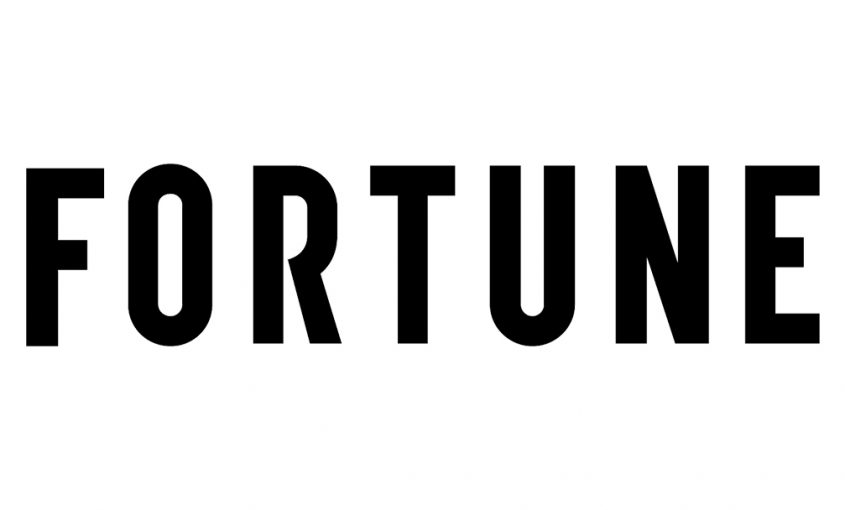A writer finds a newborn in the back seat of his car after a storm subsides in Cholame, Calif., the place where, on Sept. 30, 1955, legendary Hollywood actor James Dean died at age 24. The baby’s presence is a mystery, as is what happens next.
A few days after suddenly appearing in the car, the baby has transformed into a toddler. Two weeks pass and he’s already a teenager who looks and acts like Dean.
It turns out the new human is indeed Dean, who returned to life to experience everything his untimely loss denied him. Meanwhile, instead of living in the 1950s, Dean 2.0 is driving a Tesla, using an iPhone, and reading what is—still, decades after his death—being written about him on social media.
Tech can’t solve death, but it can certainly poke fun at it. Dean 2.0 is a special-effects doppelgänger who will, if everything goes as planned, star in the movie Back to Eden, based on the plot above.
The film, planned for release sometime in 2022, is the product of the licensing deal that intellectual property management company CMG Worldwide and film production company Hannibal Media have made with Marcus Winslow, trustee of James Dean’s estate and Dean’s cousin, who is one of the project’s executive producers. Media company WorldwideXR and media publishing platform VueXR are slated to create digital art to supplement the film.
“It is a multimedia campaign unlike any other,” says Travis Cloyd, CEO of WorldwideXR.
That art is supposed to include virtual reality and augmented-reality experiences (picture Dean “jumping out” of a poster and into your room). A collection of NFTs, or art that comes with digital certificates of authenticity, is also planned.
The first NFT, slated to be available in October, will likely be a 3D-digital rendering of the Porsche that Dean drove, says Cloyd. Also being considered is an NFT that serves as a ticket for the owner to play a small role in the film. It would usher in a cinematic era in which “average Joes and Janes” mingle, in theory, with Hollywood stars. “We believe it’s a marketing campaign that will create awareness and buzz for the movie,” says Cloyd.
When news first broke of Dean’s reappearance on the big screen in 2019 (initially in a Vietnam War era action-drama called Finding Jack that was eventually canceled), well-known actors took to Twitter to express their despair. “Maybe we can get a computer to paint us a new Picasso. Or write a couple new John Lennon tunes…” tweeted Chris Evans, who is known for his role as Captain America in the Marvel Cinematic Universe films. “NOPE. This shouldn’t be a thing,” Elijah Wood, the star of the Lord of the Rings film trilogy, echoed.
Daniel Green, director of the graduate entertainment industry management program at Carnegie Mellon University, isn’t a fan either. “While I embrace the use of technology in filmmaking, this seems more of a stunt than a real attempt to produce a piece of art,” he says. Viewers may enjoy a film starring resurrected Hollywood stars, but they really want current actors with whom they can engage on social media or see on talk shows, Green continues.
Jason Donati, an animator, cinematographer, and professor at Northeastern University’s College of Arts, Media and Design, is skeptical that today’s movie fans are even familiar with Dean. “If I ask my 21-year-old students who Dean is, only one out of 10 will know him,” he says. Filming of the movie, which the producers say has at least some funding, is expected to begin in 2022. Some of the preproduction has already started, including the creation of digital assets like the NFTs and Dean’s digital replica.
In the 2019 epic crime film The Irishman, Martin Scorsese used special effects to de-age Robert De Niro, Al Pacino, and Joe Pesci by decades instead of using younger actors. Back to Eden will show how far the technology has come since then, says Donati.
But this alternating between youth and old age and, life and death, is exactly what troubles Carnegie Mellon’s Green. He thinks adding Dean to a movie will create a strange hybrid of living and dead actors, forcing current actors, who already have many hurdles to overcome, to compete with famous actors from bygone eras. “Maybe it would be nice to see Laurence Olivier have a conversation with Chadwick Boseman, but do we need to see that?” he asks.
Richard Rionda Del Castro, the movie’s co-producer, feels that those in Hollywood who are opposed to the concept of entirely digital actors are misinformed. In fact, it could be good for them, he says, giving the example of an actor who licenses the use of his image. “He won’t have to fly to Japan to do, say, a two-day commercial,” Rionda Del Castro says. “He could get paid and stay home.”
Cloyd acknowledges that the film and any others like it will eliminate some acting jobs. But at the expense of one actor’s job, at least another 100 will be created, he says. “There are going to be technologists leveraging artificial intelligence, machine learning, volumetric capture, and facial mapping. We will hire artists that will sculpt James Dean’s nose, his ears, his eyes, the way he looks,” says Cloyd. “Different voice synthesis people will manage the way he talks.”
Both Cloyd and Rionda Del Castro are elated about bringing together experts to create a replica of the iconic actor. Moreover, that replica will be able to do anything requested of him—be it a series of movies or marketing campaigns. “Whereas if we hired a real actor, we’d have to have an additional budget to convince them to promote and market the movie,” Cloyd says.
Adds Rionda Del Castro: “When we do it, we’ll be the first ones to do it. If we don’t do it, somebody else will, it’s inevitable.”


